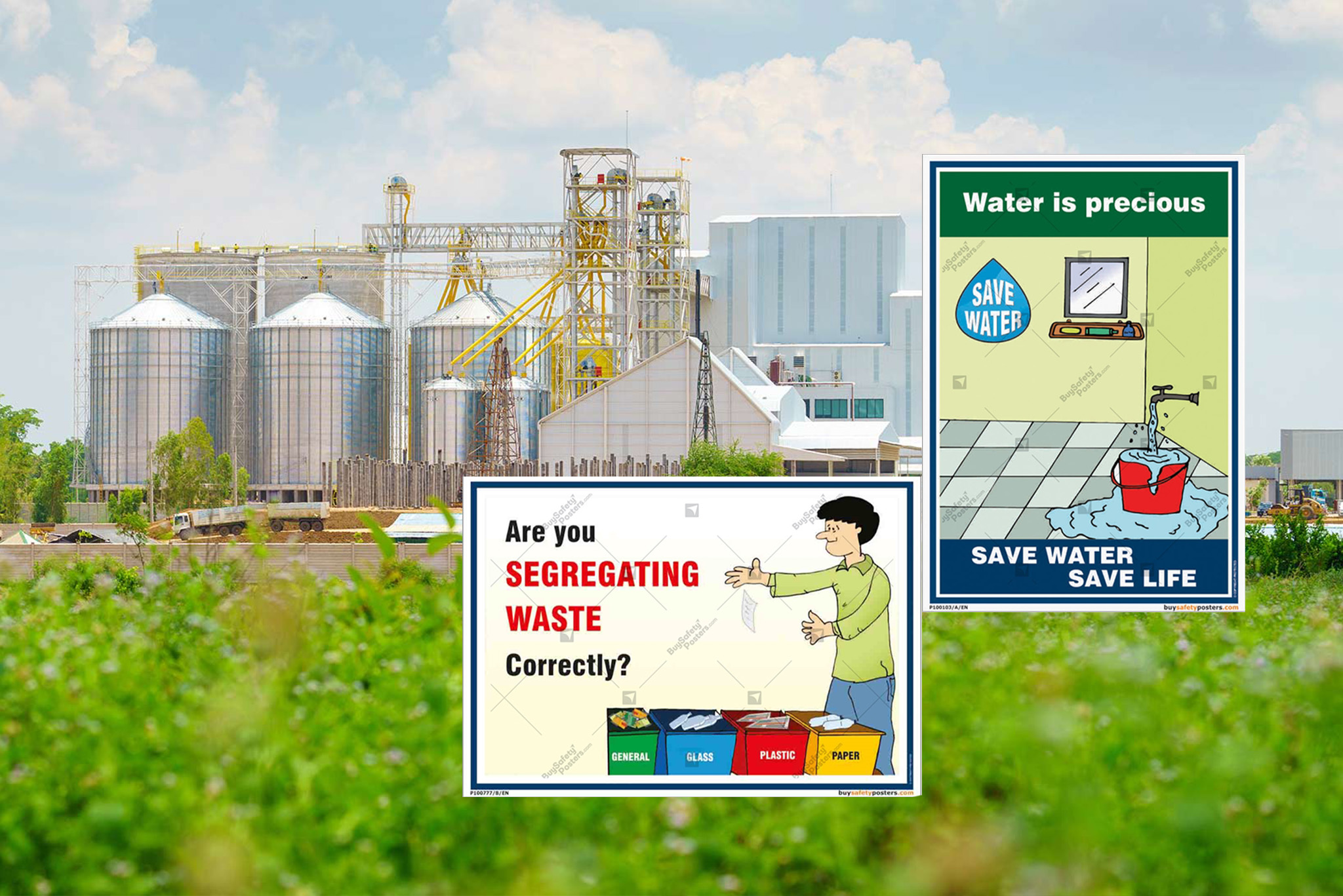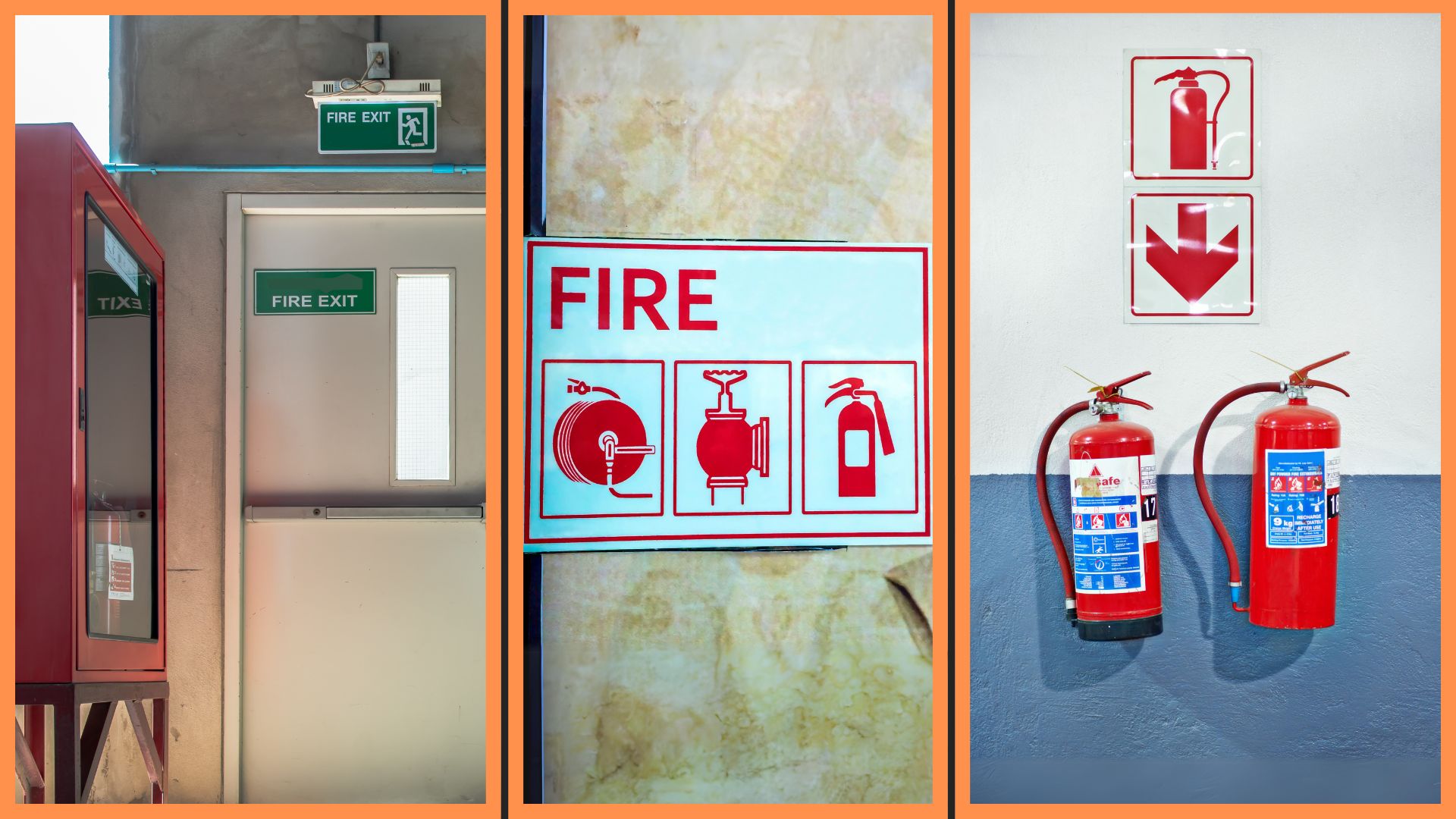The Environmental Impact of Sustainable Safety Posters
In today’s world, the urgency of addressing environmental concerns is paramount. As businesses and organizations strive to reduce their carbon footprint and adopt sustainable practices, even seemingly small elements like safety posters in the workplace can make a significant difference. In this blog, we will explore the environmental impact of sustainable safety posters and how they contribute to a greener and more responsible future.
The Role of Safety Posters
Safety posters have long been used to help create a safe working environment. They are meant to serve as visual reminders of safety measures, emergency procedures, and best practices. While their primary objective is improving worker safety, the materials and manufacturing procedures used to create these posters can have significant environmental consequences.
The Environmental Cost of Traditional Safety Posters
Using conventional printing methods and eco-friendly materials, traditional safety posters can be made. Here are some of the environmental concerns associated with these posters:
Paper Waste:
The production of traditional safety posters typically involves large quantities of paper. This can contribute to deforestation and increase the demand for resources like water and energy during the paper manufacturing process.
Ink Usage:
Inks used in traditional printing procedures may include hazardous chemicals and solvents. The disposal of these inks can be hazardous to the environment, especially if they are not properly managed.
Energy Consumption:
Traditional printing techniques, such as offset and digital printing, utilize a lot of energy, which contributes to greenhouse gas emissions.
Short Lifespan:
Traditional safety posters are routinely replaced as a result of wear and tear, changes in safety rules, or outdated information. This results in the disposal of obsolete posters, which contributes to the waste stream.
Sustainable Safety Posters: A Greener Alternative
Now let’s shift the focus to sustainable safety posters and how they mitigate these environmental concerns.
Digital Displays:
The use of digital displays or screens is one of the most eco-friendly alternatives to traditional safety posters. These can be programmed to cycle through safety messages, eliminating the need for printed posters. The environmental benefits include reduced paper usage and the elimination of printing inks.
Recycled Materials:
The use of recycled and recyclable materials can make a huge difference for organizations that still prefer physical posters. Eco-friendly poster materials are frequently constructed from post-consumer recycled paper or biodegradable alternatives.
Durable and long-lasting:
Sustainable safety posters are made to be more durable and long-lasting than regular paper posters. This results in fewer replacements and reduced waste over time.
Interactive Digital Posters:
Some businesses are implementing interactive digital posters that allow employees to interact with safety information. Not only does this make safety education more engaging, but it also eliminates the need for actual posters.
The Broader Impact: Why Sustainable Safety Posters Matter
While the environmental benefits of sustainable safety posters are obvious, their significance goes beyond just lowering carbon emissions. Here’s why they’re important in the context of environmental protection:
Setting an Example:
By implementing sustainable safety posters, organizations set an example for their employees and other businesses. It demonstrates a commitment to eco-conscious practices and encourages others to follow suit.
Reducing Waste:
Reducing the use of disposable paper posters results in fewer waste materials in landfills. Sustainable posters have been created to last a long time, lowering the overall number of posters required.
Lowering Costs:
Cost savings and sustainability are frequently interconnected. While the initial cost of digital displays or environmentally friendly materials may be greater, the long-term benefits from reduced paper usage and replacement costs can be substantial.
Aligning with Corporate Social Responsibility (CSR):
Several organizations have implemented CSR activities that integrate responsibility for the environment. These objectives are met by sustainable safety posters, which add to a company’s overall CSR activities.
Implementing Sustainable Safety Posters
If your organization is considering a transition to sustainable safety posters, here are some steps to get started:
- Assessment:
- Evaluate Current Needs: Begin by evaluating your organization’s current safety poster standards. This includes determining the locations where safety posters are currently exhibited, the types of safety messages they transmit, and their overall efficacy. You should also examine any regulatory restrictions unique to your industry.
- Identify Opportunities: As you evaluate your current setup, look for areas where long-term safety posters could be implemented. For example, you might discover that digital displays are more effective in high-traffic locations, but physical posters are still appropriate in less often-frequented regions.
- Employee Input: Involve employees in the evaluation process. They may have significant information about which safety messages are most relevant and where they believe sustainable posters would be most successful.
- Investment:
- Cost Analysis: Think about the initial investment required for long-term safety posters. This could include the cost of digital displays, environmentally friendly poster materials, or any related technological infrastructure. against establish the financial sustainability of your transfer, compare this expense against the possible long-term savings.
- ROI Calculation: Determine your sustainability initiative’s return on investment (ROI). Consider the savings in paper and printing costs, as well as the possibility of fewer workplace accidents and incidents as a result of increased safety awareness.
- Monitoring and Maintenance:
- Regular Inspection: Create a normal inspection schedule for physical posters. Examine posters for signs of wear, tear, fading, or damage caused by environmental causes. To ensure clear and visible safety information, replace posters as needed.
- Digital Display Maintenance: Create a digital display maintenance strategy. Check that both the hardware and the software are in good working order. Update safety messages regularly to reflect current best practices and legislation. This regular maintenance keeps digital displays functional and up to date.
- Feedback
- Encourage Employee Feedback: Actively urge employees to submit feedback on how successful the new safety posters are. Create avenues for employees to express themselves, such as suggestion boxes, surveys, and frequent meetings.
- Analyze Feedback: Examine and analyze employee feedback. Identify trends or reoccurring challenges in safety communication and improve as a result of this information.
- Ongoing Improvement: Use feedback as a foundation for ongoing improvement. If specific safety messages are not being received well by employees, consider altering the content or presentation to make it more relevant and relatable.
Conclusion
Incorporating sustainability into all aspects of the workplace, including safety signs, can make a major difference in lowering an organization’s environmental footprint. Sustainable safety posters not only help the environment but also set a good example for employees and other businesses. As the globe continues to prioritize sustainability, making informed decisions regarding seemingly insignificant things like safety posters can have a long-term impact on our planet.



